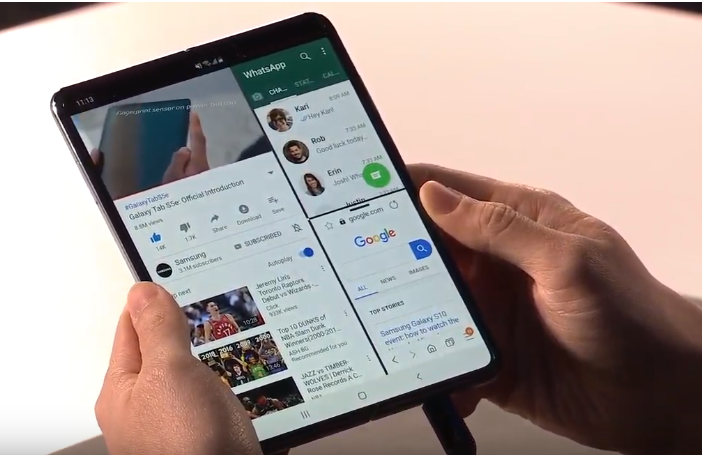Samsung and Huawei have announced their foldable smartphones and Samsung’s phone was about to go on sale but the launch was delayed because of issues related to the phone’s display. However, this is not stopping from other brands to jump on the foldable smartphones bandwagon.
Ahead of its Google I/O 2019 developers conference where the company launched the Google Pixel 3a and Pixel 3a XL smartphone, Mario Quieroz, Pixel division head said in an interview to CNET that the company has been working with foldable smartphone prototypes from quite some time.

He said, “We’re definitely prototyping the technology. We’ve been doing it for a long time.” However, he also added that “I don’t think there’s a clear use case yet.” Google hinted that it is considering this technology when it announced that Android would natively support foldable smartphones.
Currenltly, there’s no information available about how far Google has gone into prototyping this foldable smartphone and how the phone operates the opening and closing mechanism. Apart from the fact the Google is working on a prototype, nothing is known about this smartphone at this time.
But don’t expect to see a Pixel series foldable smartphone anytime soon. Mario Quieroz said that “We’re prototyping foldable displays and many other new hardware technologies, and have no related product announcements to make at this time.”
Also, it makes sense for Google to wait and see if anyone makes a working foldable smartphone and if it’s popular enough for the company to invest for the commercial production. Currently, foldable smartphones aren’t cheap, with starting price of $2,000, so it remains to be seen how the market reacts to this new form factor of smartphones.
Read More: Google announces Android Q; Realme 3 Pro, Mi 9 among devices getting Android Q Beta 3 update
According to a report from Gartner published last month, foldable smartphone sales will reach 30 million units, accounting for 5 percent of the high-end phone market by 2023. It also adds that they will likely be considered a luxury item for years.
(Source)





